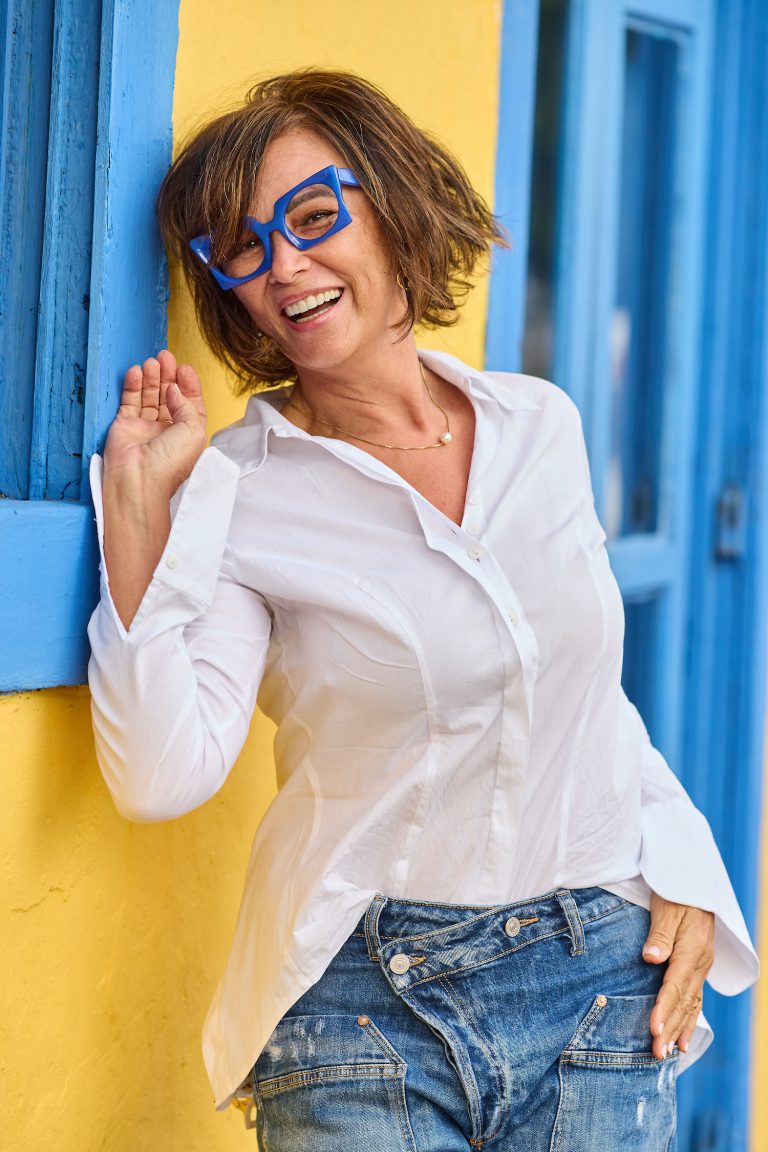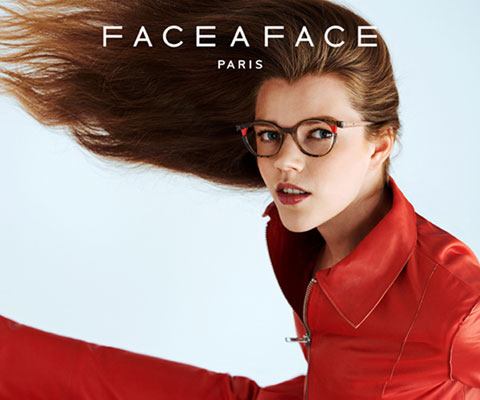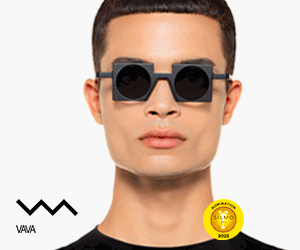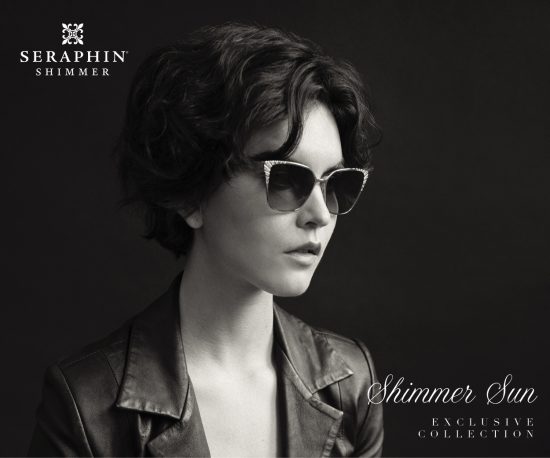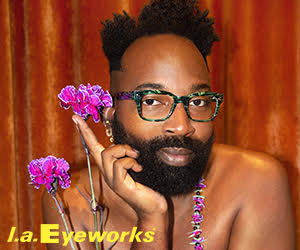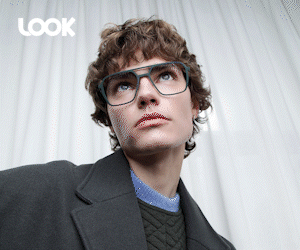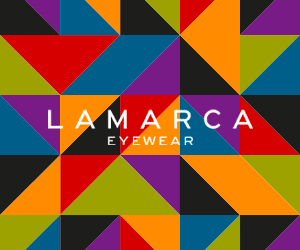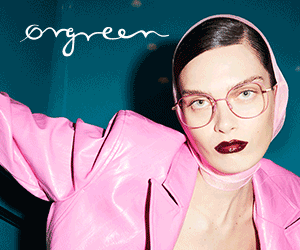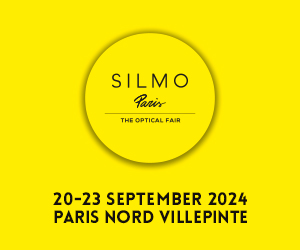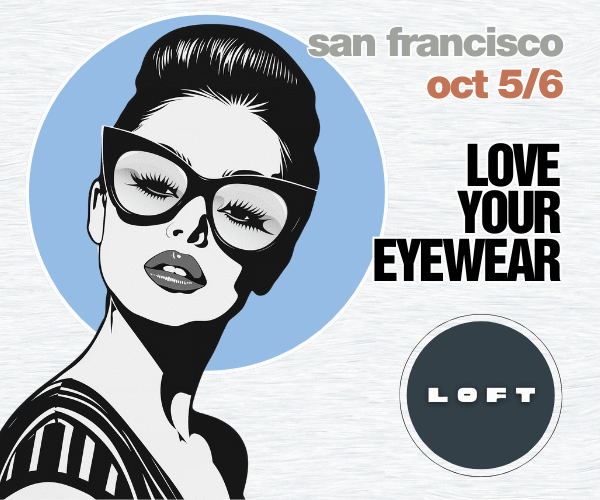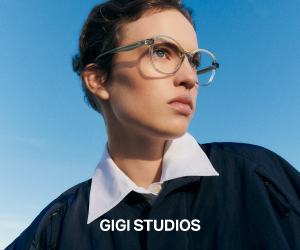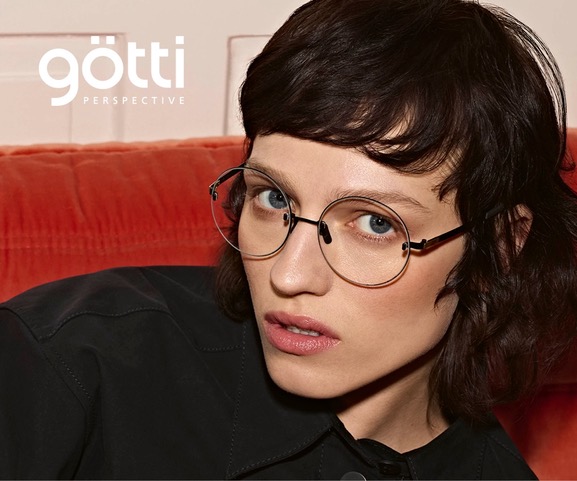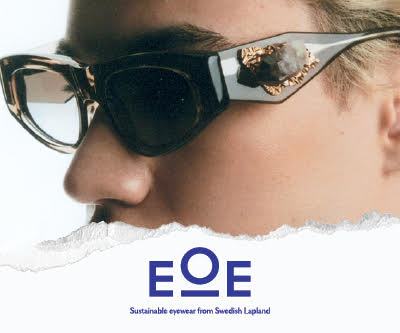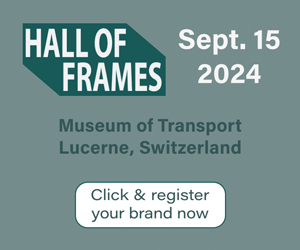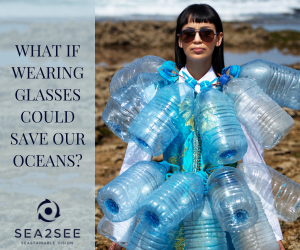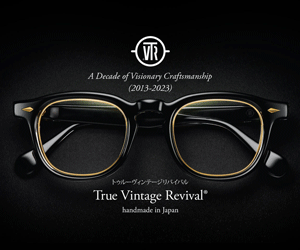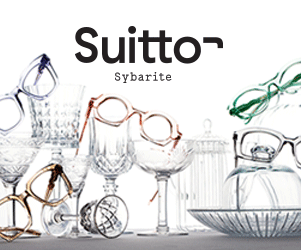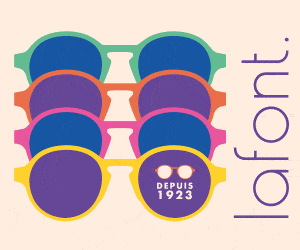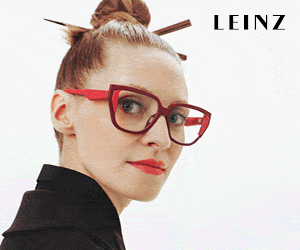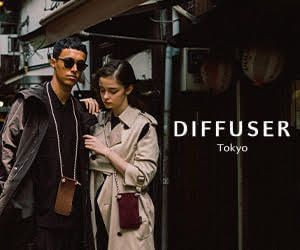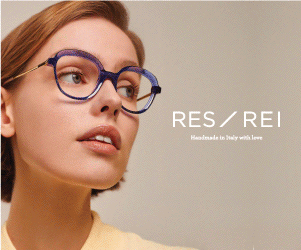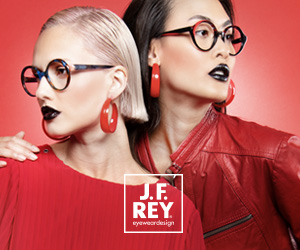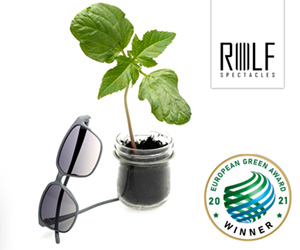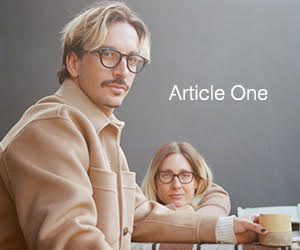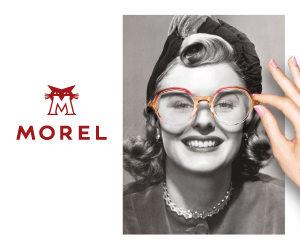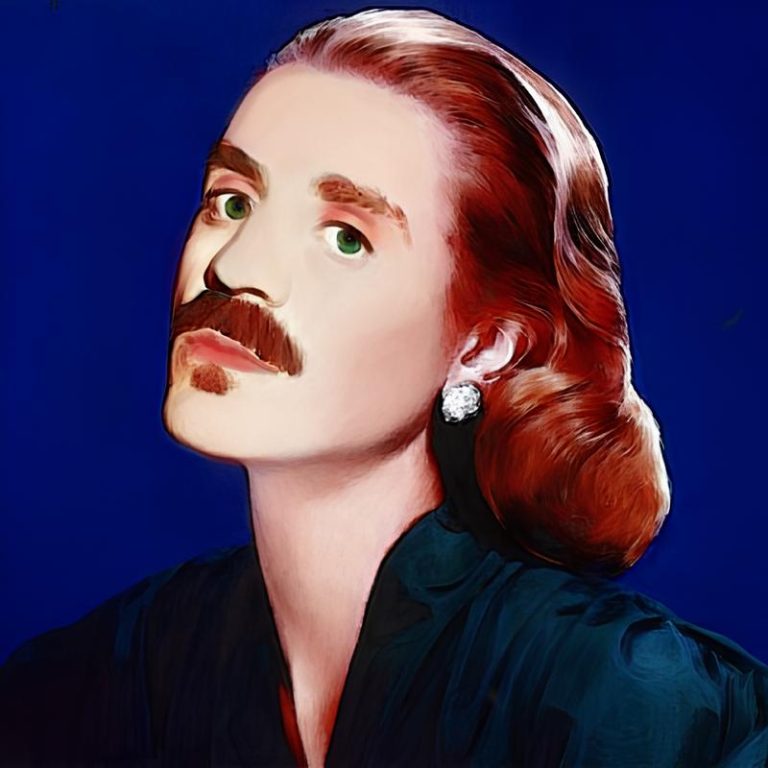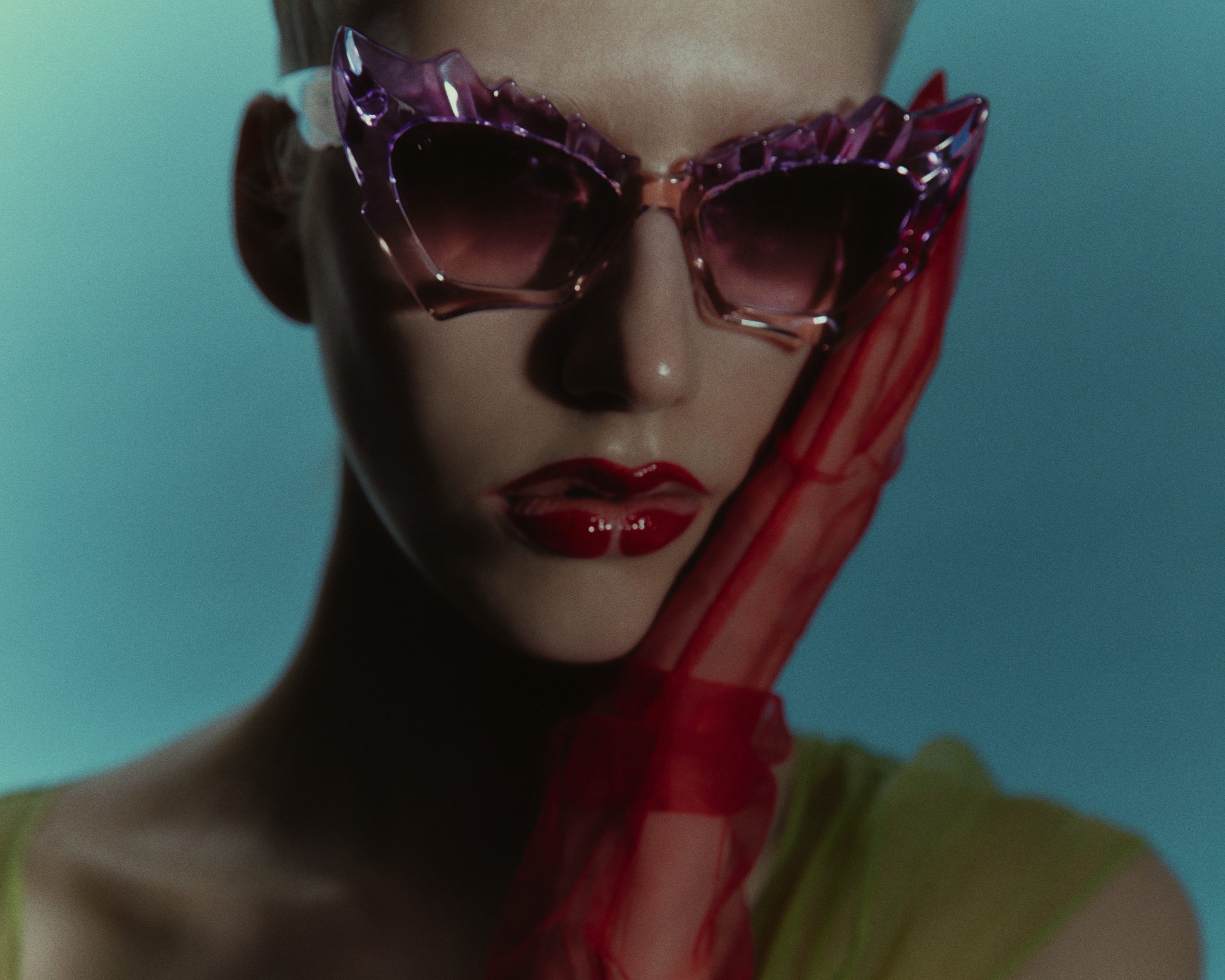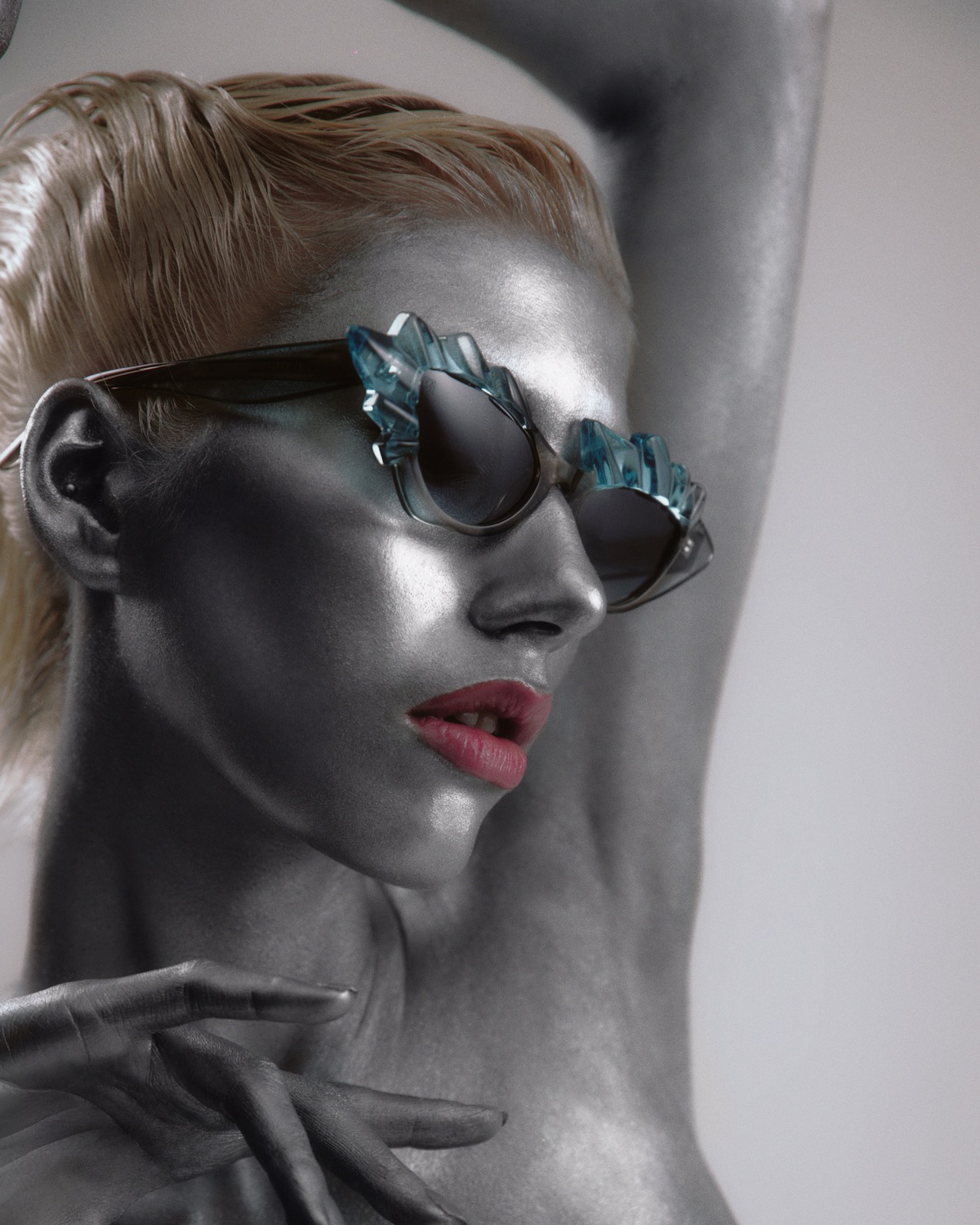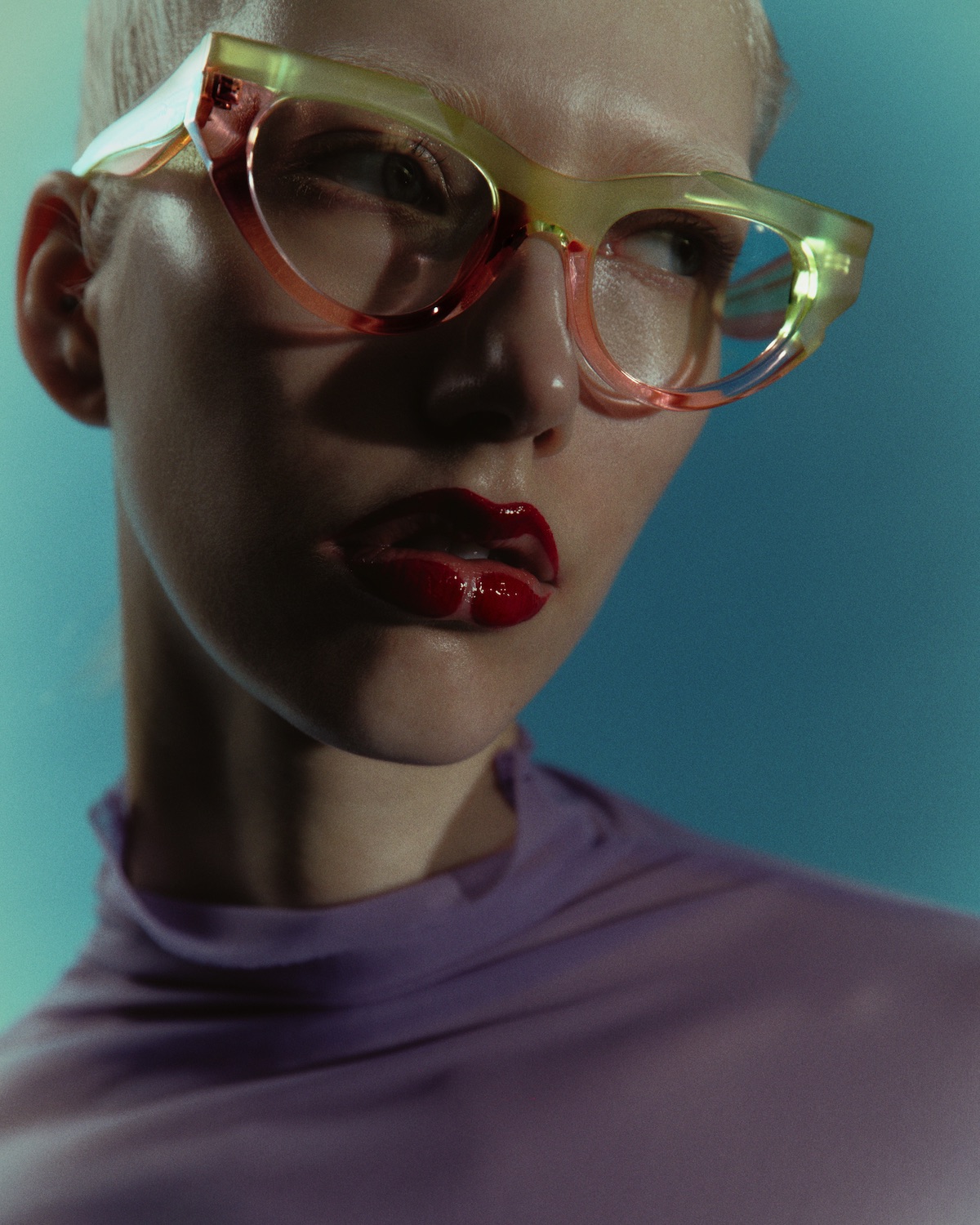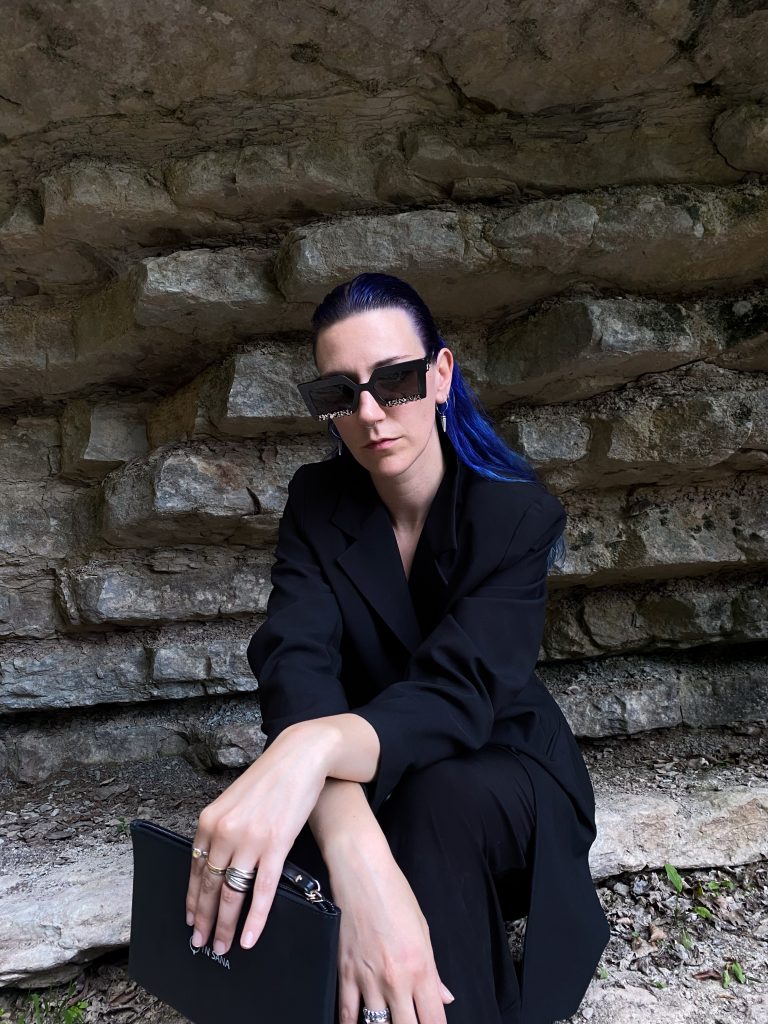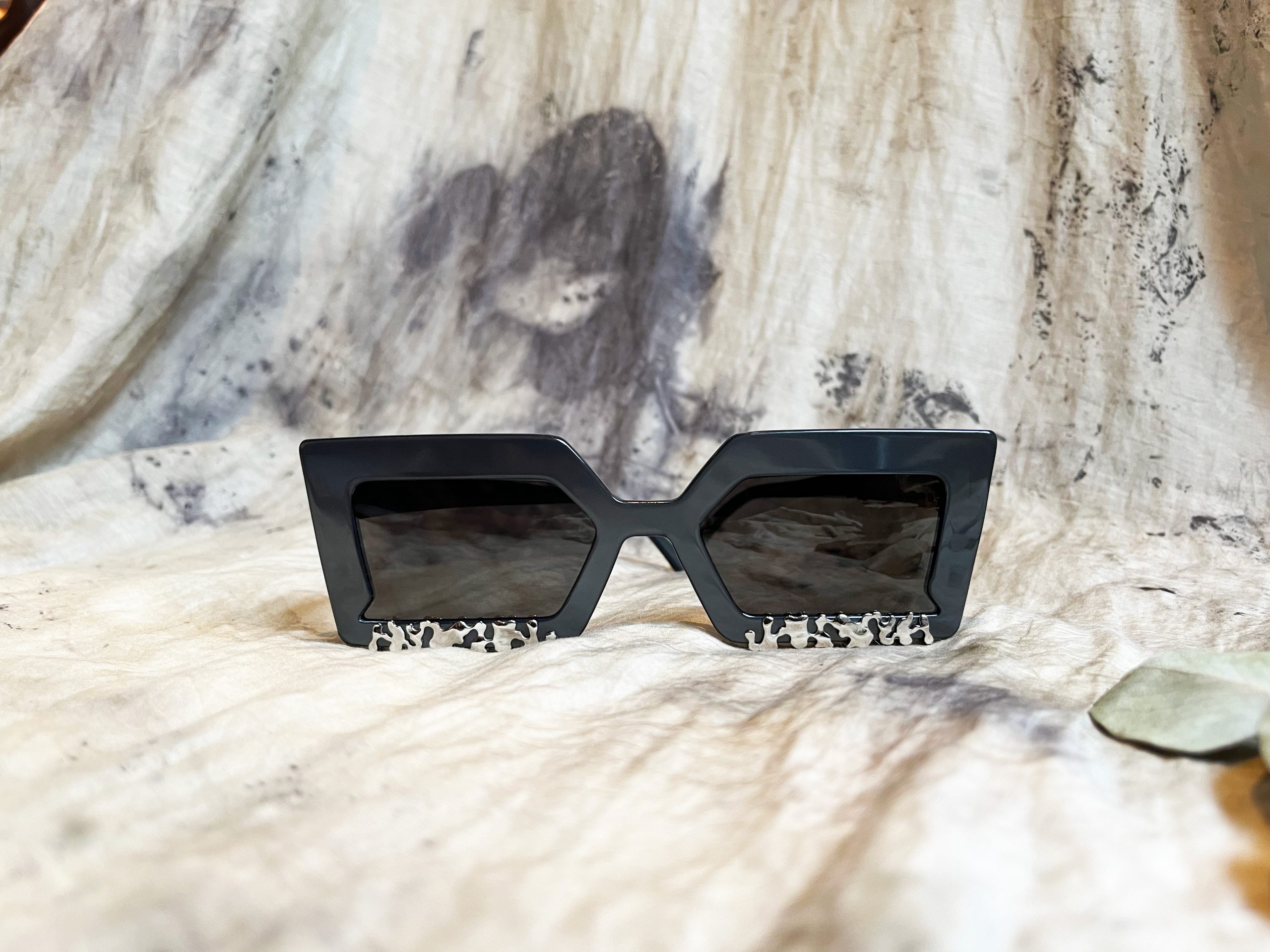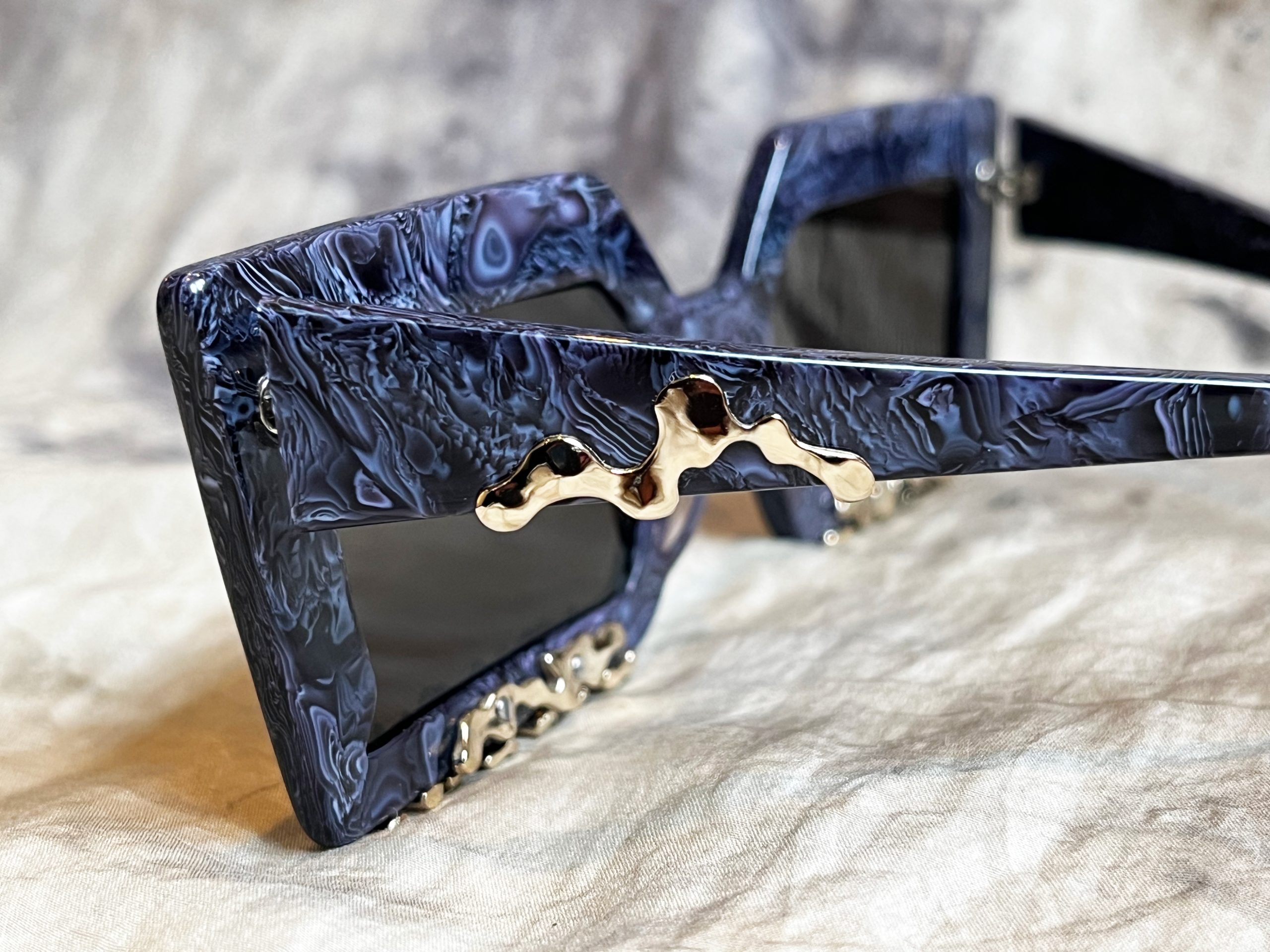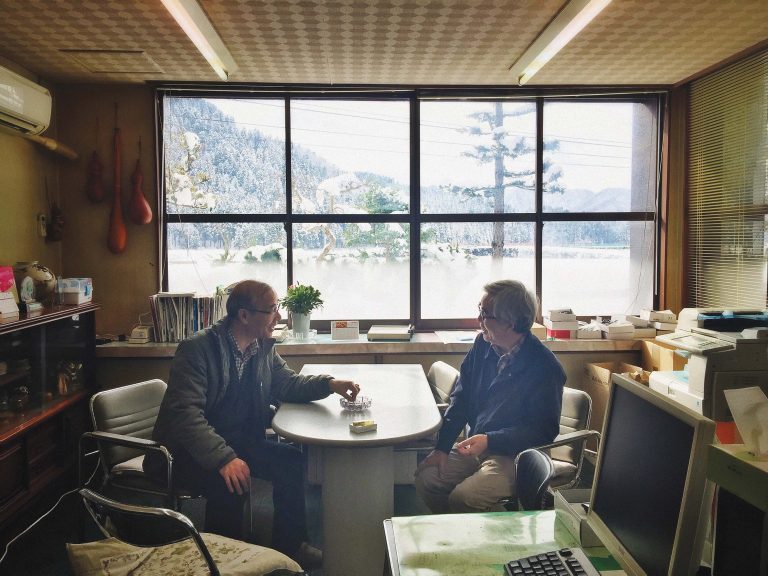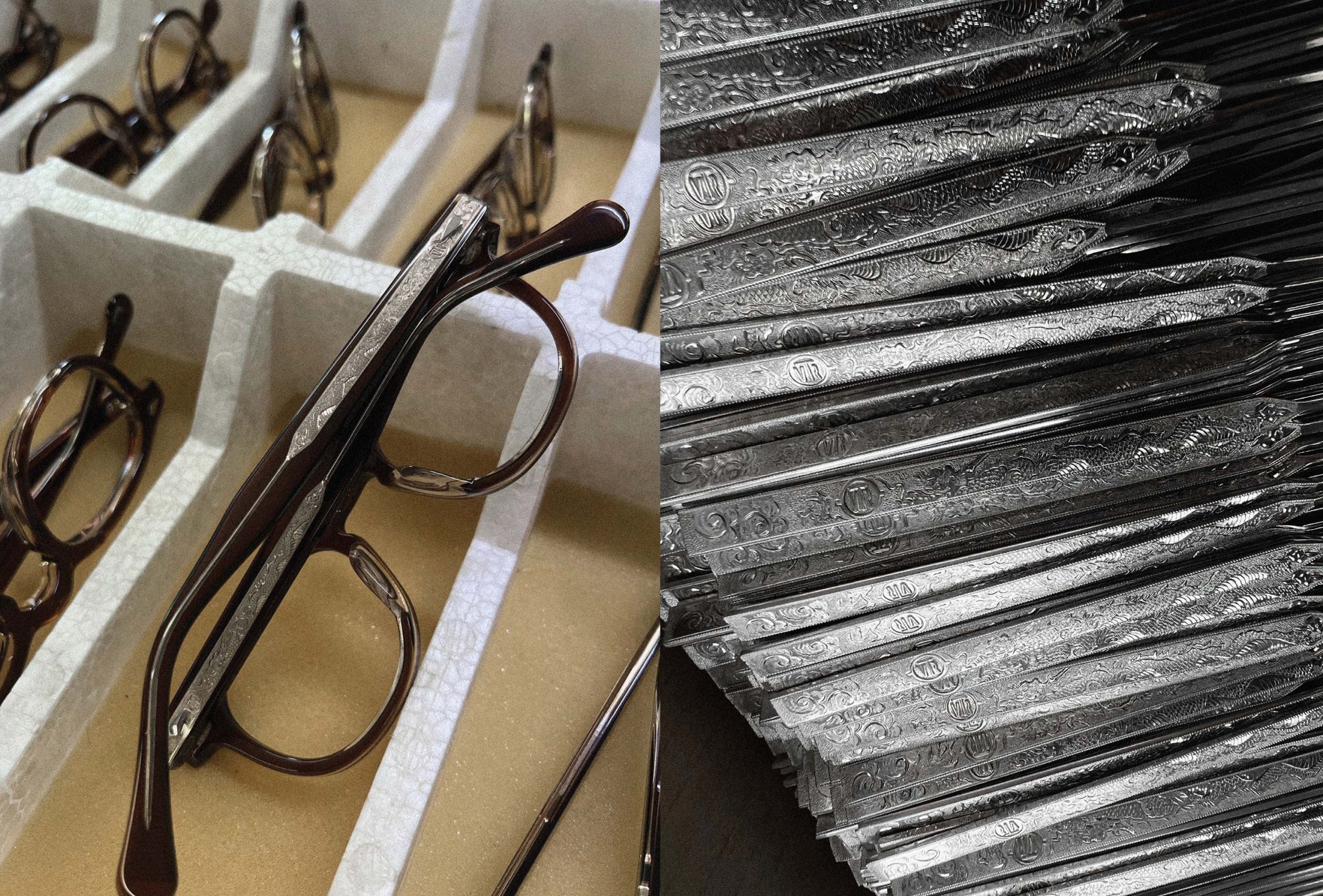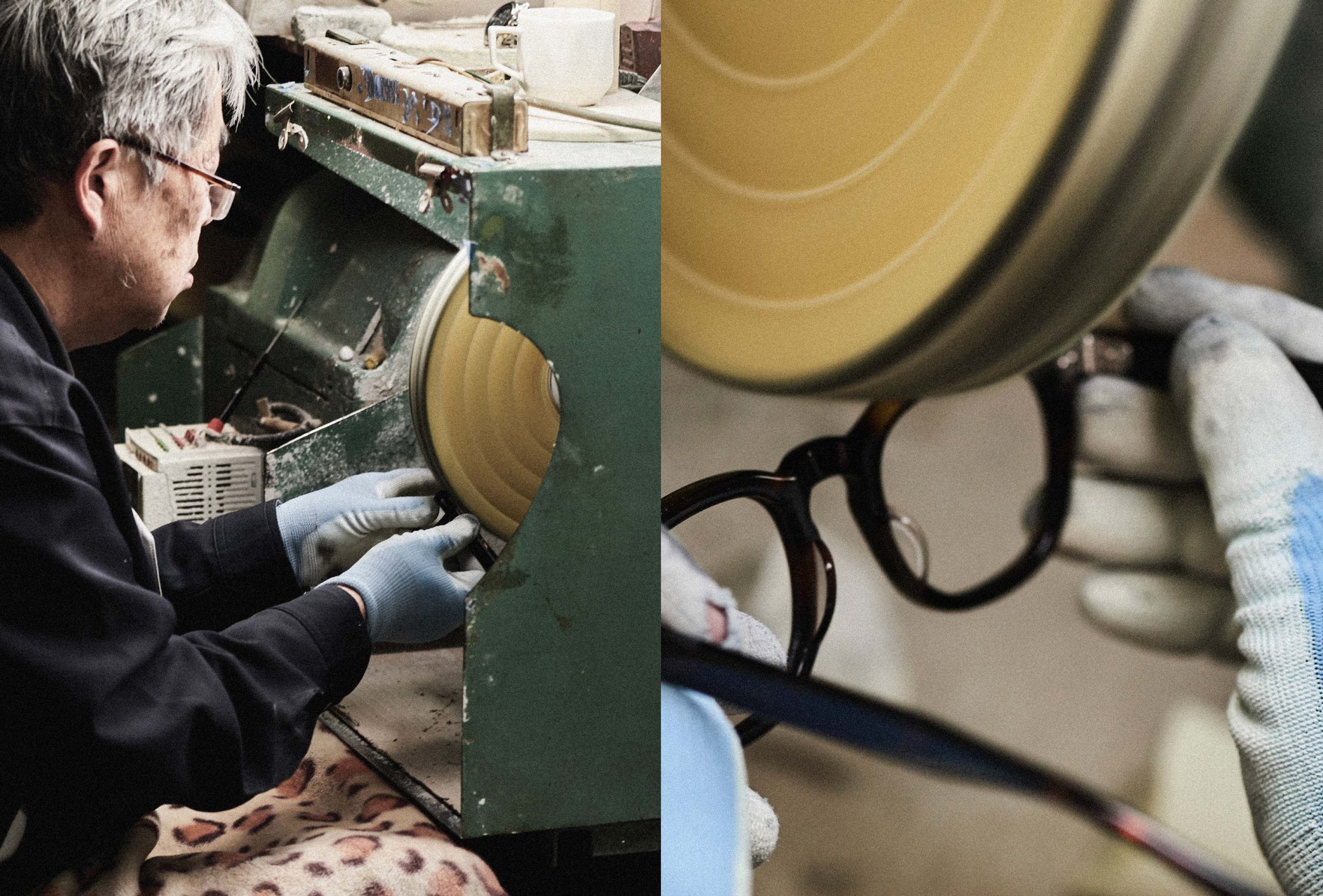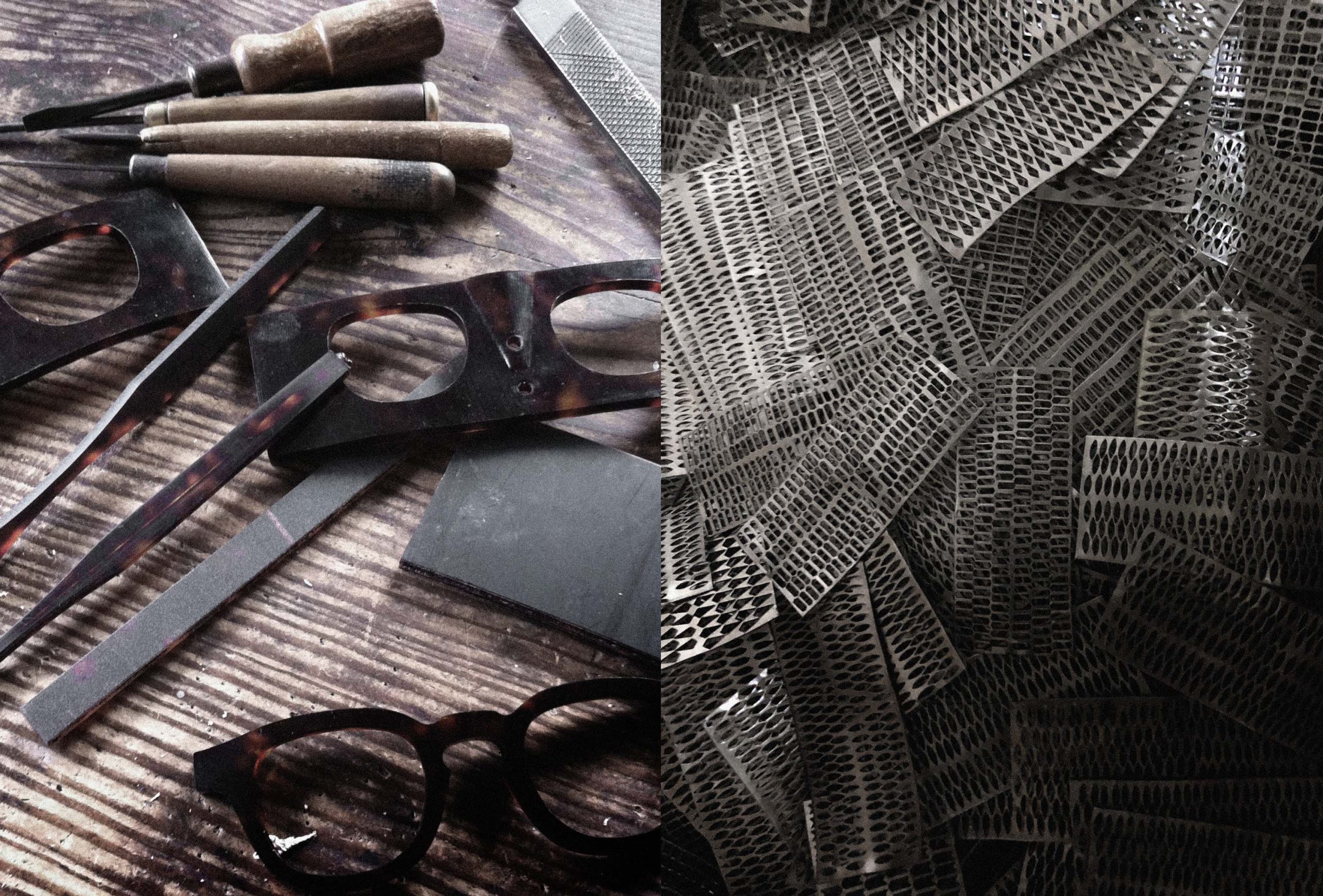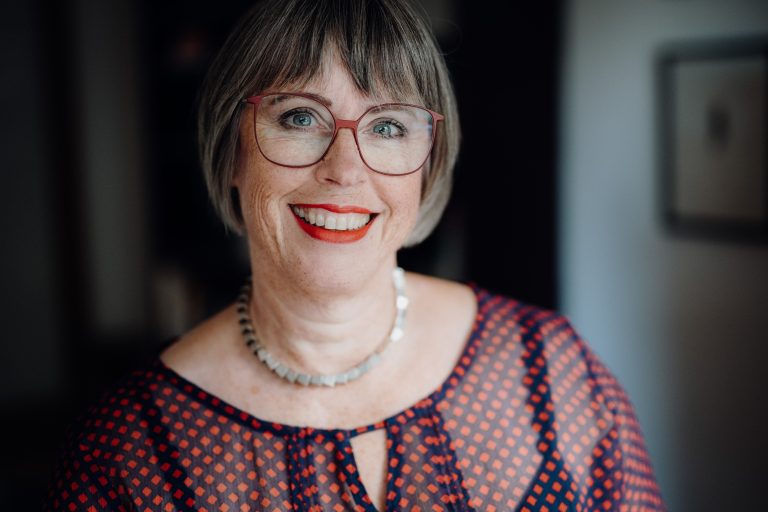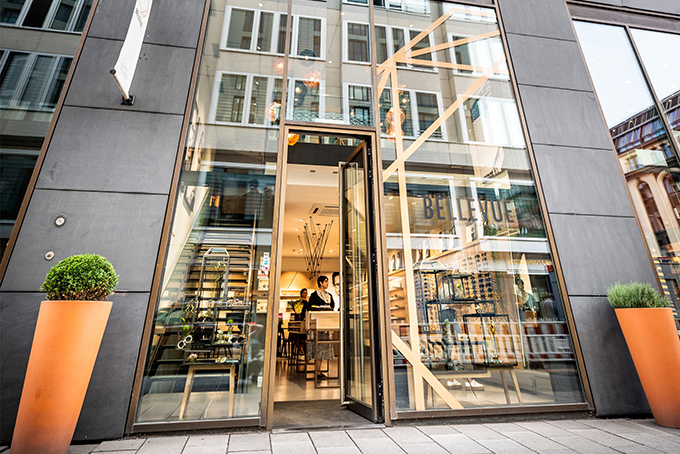Erida Schaefer is a visual artist turned optical entrepreneur. From a lightbulb moment resulting in taking a paint brush to her own frames, to debuting at New York Fashion Week and exhibiting at Silmo two years in a row, Schaefer’s artisanal brand OtrO takes a curated, artistic approach that is not seen elsewhere in the industry. The brand will return to Silmo in September 2024.
Tell us about your life and career path before OtrO Eyewear? I completed my studies in Visual Arts back in 1988. Since then, I have delved into various artistic mediums such as ceramics, straw bags, cushions, and canvas. However, my true passion has always been to explore newer avenues. Early on, due to monocular visual loss from toxoplasmosis, I required glasses. Because of that, I grew a small collection of frames. Inspired one day, I painted one of these frames – and to my surprise, orders began pouring in. Though my technique was initially quite basic, with time and experimentation I improved my skills and found the right materials. Above: Erida Schaefer, the Founder of OtrO Eyewear, wearing one of her own optical designs
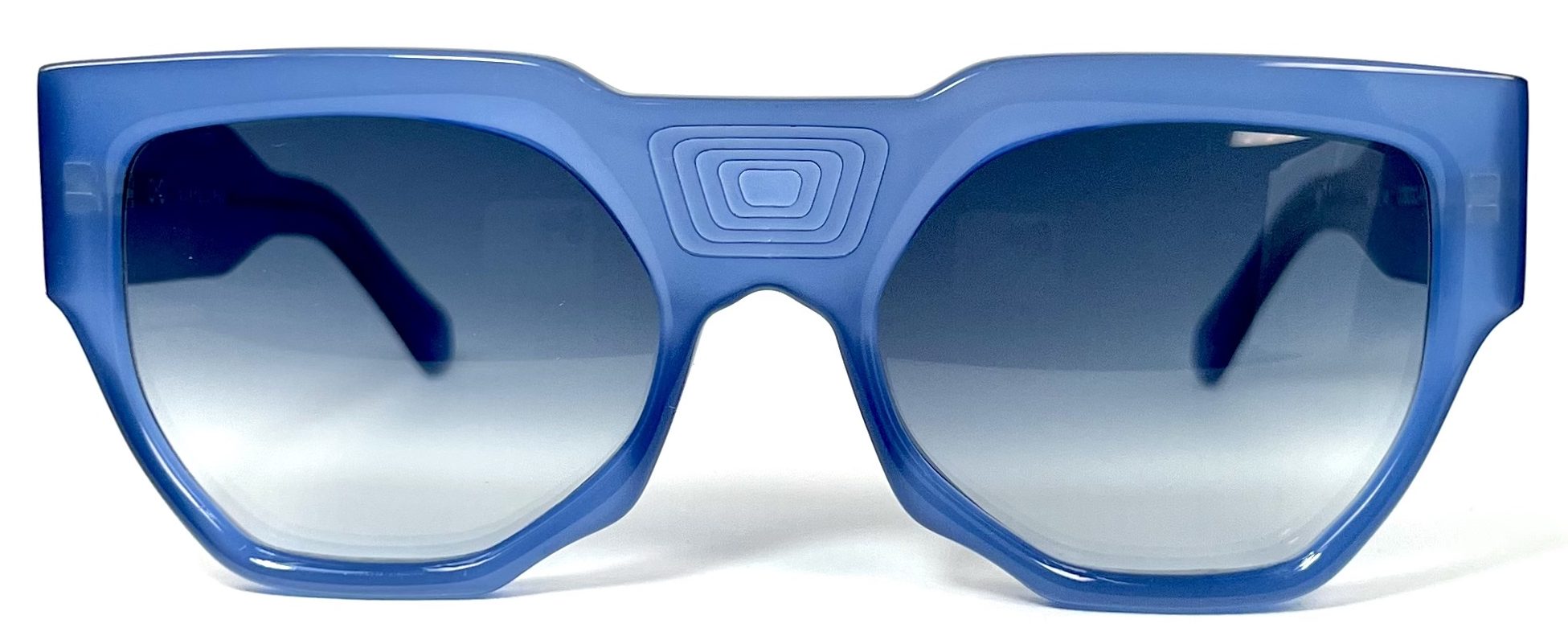
After five months, I found myself featured in a magazine article. It was at this moment that I contemplated transitioning into the eyewear business. Years were spent meticulously painting, learning, and evolving. This niche remained untouched in Brazil, and my boundless creativity and knack for innovation captured global attention.
The turning point happened when I was invited to showcase my inaugural acetate collection at New York Fashion Week in 2018. Although opportunities were coming my way, I faced a major challenge: the inability to meet demand through solo painting. I started to design my own optical models and sunglasses, and moved away from just modifying existing ones. The process shifted from surface painting to incorporating painted fabrics between layers of exquisite Italian acetate, crafted in a modest Brazilian workshop.
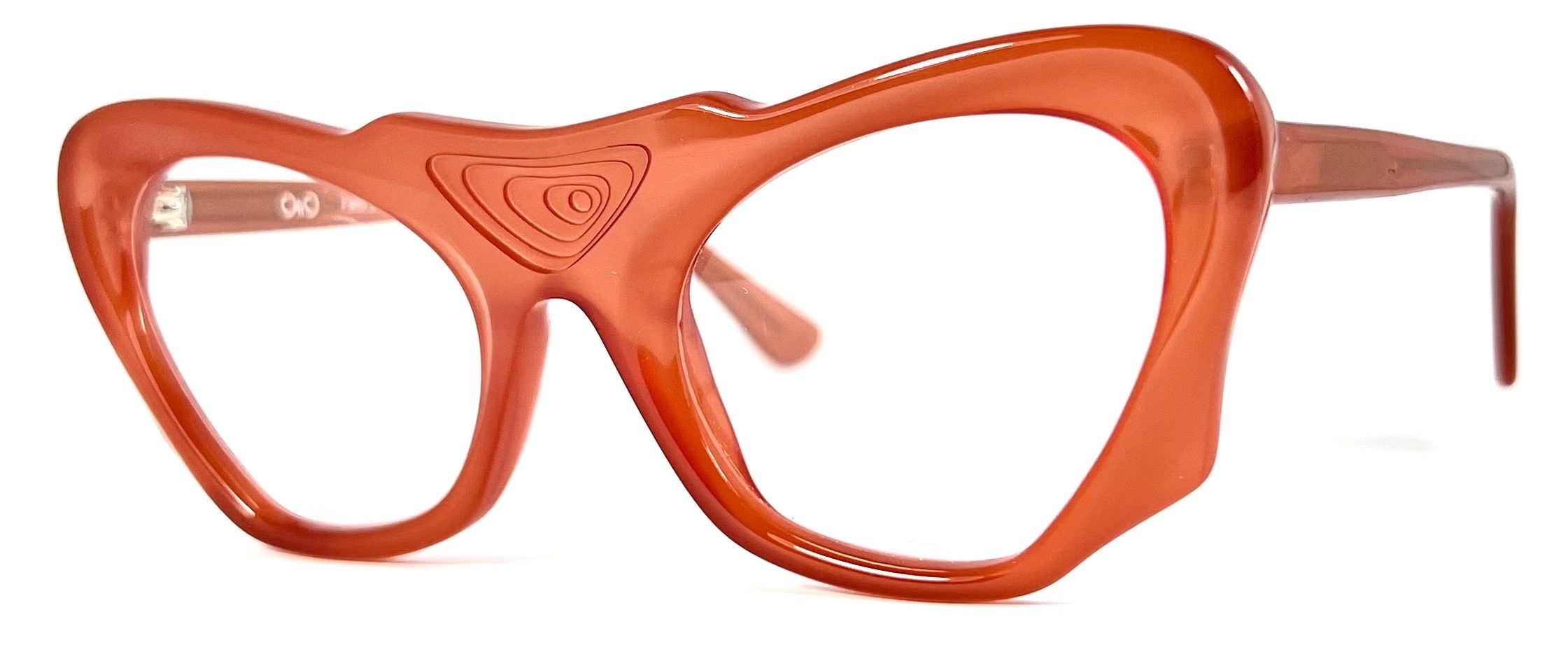
Over four years, I produced more than 20 distinctive models – a significant achievement for a newcomer with no industrial support. Yet, this was merely a stepping stone. Driven by a fervour to demonstrate the power of individual creativity regardless of location or industry norms, I invested my savings in exhibiting at Silmo for two consecutive years. This endeavour expanded my reach globally, fostering sales across multiple countries and paving the way for future growth.
Despite encountering market resistance, particularly due to import taxes and uncontrolled shipping charges from Brazil, my sights are set on manufacturing in Europe. This strategic move aims to streamline accessibility for admirers of my work, facilitating smoother transactions barred by tax barriers. As I continue to evolve and expand, I remain strong in my mission to break new ground and redefine the eyewear landscape.

What are the origins of OtrO Eyewear? The name OtrO, derived from the Spanish word for “another one”, encapsulates the essence of a continuous desire for uniqueness and distinction and the need for one more frame in everyone’s own collection. Sonically and visually captivating, it serves as a name that resonates effortlessly. Rooted in the notion of perpetual craving for innovation, OtrO stands out for its distinctiveness in a sea of conformity.
Central to my ideas is the pursuit of artistic individuality, a facet I fervently emphasize in my creative process. Through captivating videos showcasing the intricate art of clay moulding, I offer viewers a tantalizing glimpse into the journey towards a three-dimensional masterpiece. By meticulously crafting each piece with a keen eye for detail, I strive to imbue every design with a sense of depth and character before transitioning them into production.
We would love to hear about your most recent collection…Our latest collections are Amazônia, Rio de Janeiro and Cobogó. Amazônia breathes life with its detailed references and the graceful curves borrowed from our lush botanical wonders. Rio de Janeiro exudes the vibrant spirit of our tropical beaches, showcasing unexpected colour palettes and national drinks such as the zesty “Caipirinha” and the refreshing “Aperol”. Cobogó holds a special place in my heart, drawing inspiration from a quintessential Brazilian architectural marvel of the 1920s. Intricately adorned with bas-reliefs, these pieces once adorned the facades of homes, offering ventilation and light to combat the sweltering heat of the northeastern regions. (more…)
